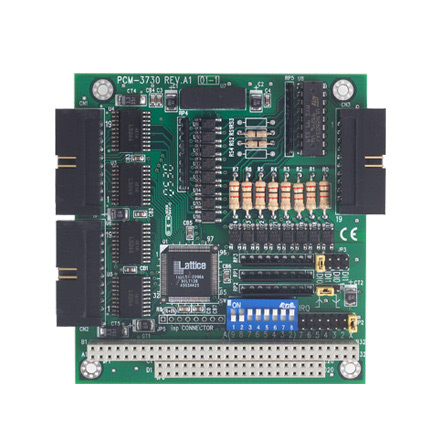

Understanding Heat Reflective Glass A Modern Solution for Energy Efficiency
In an age where sustainability and energy efficiency are at the forefront of architectural design and construction practices, heat reflective glass has emerged as a vital component for modern buildings. This innovative material not only enhances the aesthetic appeal of structures but also contributes significantly to reducing energy consumption. Let's explore what heat reflective glass is, its benefits, applications, and how it plays a crucial role in energy-efficient building design.
What is Heat Reflective Glass?
Heat reflective glass is a type of glazing that is specially treated to reflect a portion of the sun's heat and visible light while allowing natural light to enter a space. This is achieved through the application of a thin metallic coating on the glass surface, which serves to minimize the amount of solar energy that penetrates through the glass. The result is a product that maintains a comfortable interior temperature, reduces glare, and minimizes the reliance on air conditioning systems.
Benefits of Heat Reflective Glass
1. Energy Efficiency One of the primary advantages of heat reflective glass is its ability to significantly reduce energy consumption. By reflecting solar heat, buildings can maintain a cooler interior temperature during hot months, thus lessening the need for air conditioning. This leads to reduced energy bills and a smaller carbon footprint.
2. Improved Comfort With less solar heat entering a building, the indoor climate becomes more comfortable. Heat reflective glass helps regulate temperature fluctuations, ensuring that occupants enjoy a stable and pleasant environment regardless of external weather conditions.
3. Glare Reduction Natural light is essential for creating a pleasant interior space, but too much sunlight can lead to glare. Heat reflective glass mitigates this issue, allowing ample light to flow indoors while reducing glare and enhancing visual comfort.

4. UV Protection Many heat reflective glass products also offer protection against harmful ultraviolet (UV) rays. This is crucial for preserving furnishings, artwork, and other interior finishes, preventing them from fading and deteriorating over time.
5. Enhanced Aesthetics Modern heat reflective glass is available in various tints and finishes, allowing architects and designers to achieve specific aesthetic goals while also adhering to functional requirements. The reflective properties can add a striking visual element to a building’s exterior.
Applications in Architecture
Heat reflective glass is widely used in various types of structures, including commercial buildings, residential homes, and institutional facilities. High-rise office buildings commonly utilize this glass to improve energy efficiency and occupant comfort. It is also becoming increasingly popular in residential design, where homeowners seek to balance natural light with energy savings.
In addition to traditional glazing, heat reflective glass is often employed in facades, skylights, and curtain walls, allowing buildings to maintain their architectural integrity while achieving sustainability goals. As cities continue to grow and eco-friendly buildings become the norm, the demand for such innovative materials is on the rise.
Conclusion
As we continue to face the challenges of climate change and rising energy costs, the importance of materials like heat reflective glass cannot be overstated. This technology not only enhances the aesthetic appeal of buildings but also plays a significant role in creating energy-efficient spaces for future generations. By investing in heat reflective glass, architects and builders are taking a proactive step towards sustainability, comfort, and economic savings. In a world striving for a balance between nature and urban development, heat reflective glass stands out as a modern solution that meets both environmental and aesthetic demands effectively.